VANCOMYCIN Mechanism of Action Vancomycin is an antibiotic drug which is structurally classified as a glycopeptide. It mainly acts by prevention of cell-wall biosynthesis of bacteria. It is specially effective against gram-positive bacteria and has been known to be effective against resistant strains of MRSA. Vancomycin is known as the drug of last resort as it generally used when all other treatments have failed. However, bacteria have started developing resistance to vancomycin as well- leading to use of other antibiotics. Vancomycin acts by inhibiting cell wall synthesis of bacteria. Peptidoglycan layer of the cell wall is rigid due to its highly cross-linked structure. During the synthesis of the peptidoglycan layer of bacteria, new building blocks of peptidoglycan get inserted (i.e. monomers of N-acetylmuramic acid and N-acetylglucosamine) into the membrane.Vancomycin inhibit the synthesis of bacterial cell wall phospholipids as well as peptidoglycan polymerization in a time dependent fashion by binding to the D-ala-D-ala side chain of the precursor pentapeptide.This prevent the transglycosylation step in peptidoglycan polymerization . By doing so, vancomycin makes the peptidoglycan layer less rigid and more permeable. This causes cellular contents of the bacteria to leak out and eventually death of the bacteria. Mutations in the transpeptidase enzyme can lead to increased resistance to vancomycin.
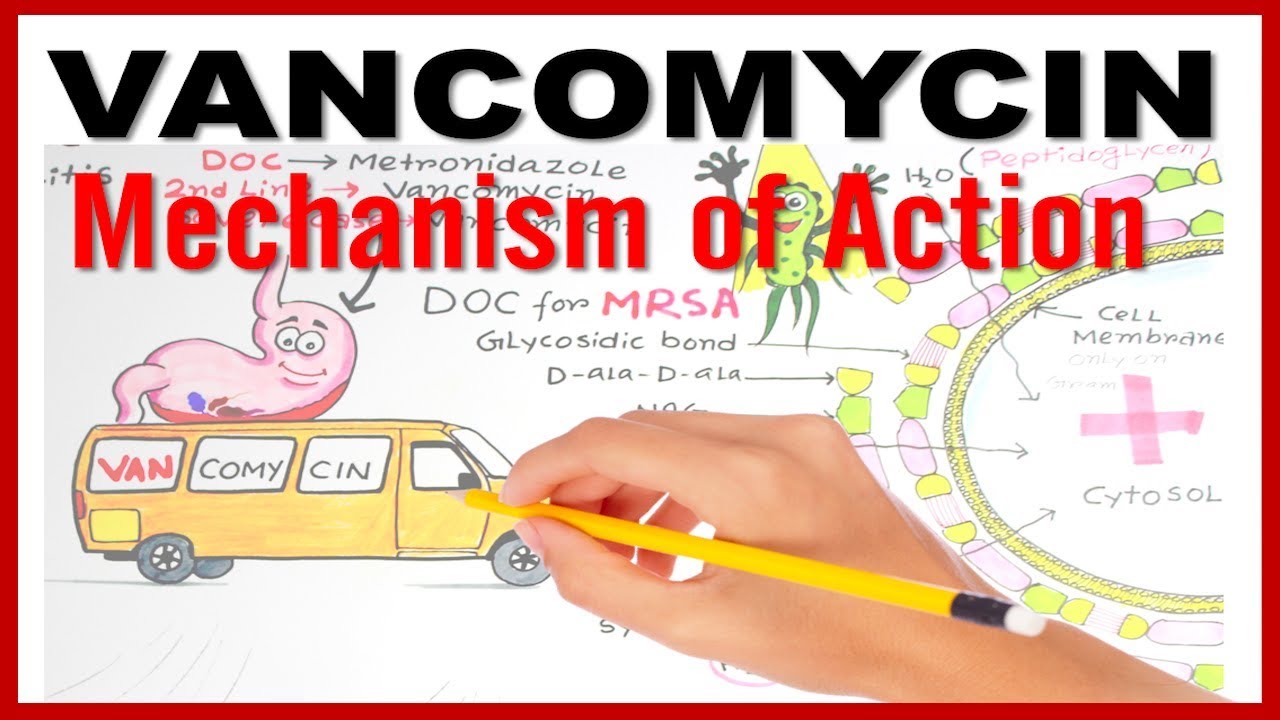
VANCOMYCIN Mechanism of Action
- Post author:
- Post published:May 22, 2021
- Post category:Uncategorized
- Post comments:0 Comments
You Might Also Like

How to Do Leg Lifts or Leg Raises

Post Workout Shake and Eating After Your Workout – Does It Help?

Biceps: One Arm Preacher Curl Low Pulley Cable

One Arm Dumbbell Rows – Upper Back Exercises

Components of Fitness & FITT Principles

Fat Burners 2018 (Natural & Supplements) | Fitness and Nutrition Expert | iTheFitDiva
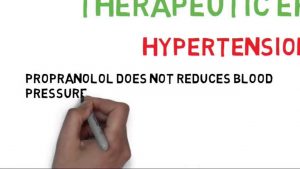
PROPANALOL

COOLDOWN “Faded” – Alan Walker / Choreo Zumba By Javi & Patrick

Tricep Extension Bar | Tricep Exercise #2 | Sangram Chougule Fitness

Which Body Type Are YOU? (3 Tips For Each!)

Enalapril Maleate 5 mg 10 mg 20 mg tablets and side effects

How to do the Arnold Press

Drug Metabolism Animation

Floor Triceps Dip
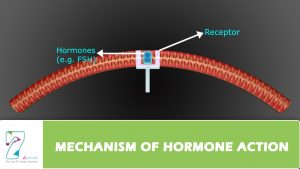
MECHANISM OF HORMONE ACTION

Intermittent Fasting & Fasting Video – 29

How To: Bench Dip
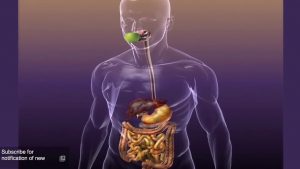
Metformin Part 2: How Does it Work?
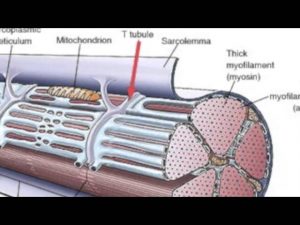
Muscle Contraction and Relaxation

Sports Medicine Video – 1

How to treat severe acne without using accutane or isotretinoin?

Sports Psychiatry Video – 2
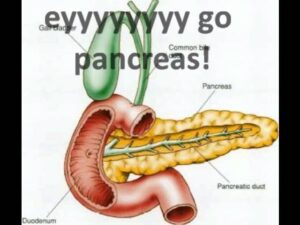
endocrine system song
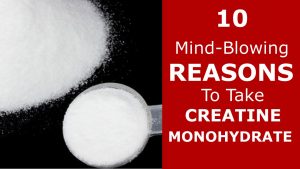
10 Mind Blowing Creatine Benefits
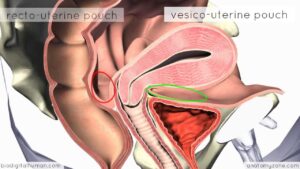
Introduction to Female Reproductive Anatomy – 3D Anatomy Tutorial
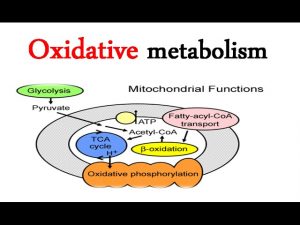
Overview of oxidative fuel metabolism

Importance of Lipid Profile Test

What Is a Set? | Gym Workout

Shoulder band workout
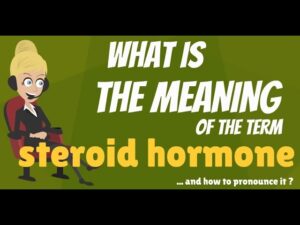
What is STEROID HORMONE? What does STEROID HORMONE mean? STEROID HORMONE meaning & explanation

Cardio VS. Strength Training (Part 1) (THE BIGGEST FITNESS MYTH)

Food Antioxidants, Stroke, and Heart Disease

Which glucose meter is the best on the market?

Wexford University Health, Fitness, Nutrition Degrees

THE Lactation Video to Watch Before Birth

Overweight & Obesity Video – 24

Gynecology Video – 4

What Is Basal Metabolic Rate & How to Calculate It(easy to understand)

INSULIN For Bodybuilding |Muscle Building Messenger

Avoid This Type of Stretching
Body Types

